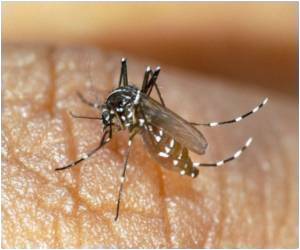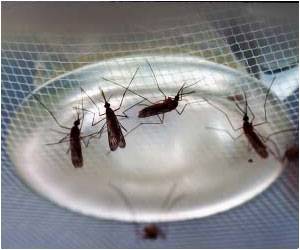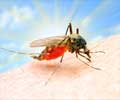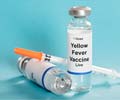Researchers at the Tulane University are developing an innovative trap to fight dengue fever.

It plans to eventually deploy up to 10,000 traps in Iquitos, Peru, an area in the Amazon rainforest where dengue fever is a persistent problem.
If the traps prove successful, further testing will be done in the Caribbean and Thailand.
"After malaria, dengue is the most important mosquito transmitted disease in the world and is a major cause of disease and death in the tropics," said Dawn Wesson, associate professor of tropical medicine at Tulane University School of Public Health and Tropical Medicine.
"Right now there has really been nothing that can be safely used on a wide, multinational scale to reduce dengue transmission. If this trap works, we think it can change a lot of people's lives," he added.
Currently, there is no vaccine or cure for dengue fever. The only effective way to stop transmission is to reduce the mosquito population, but mosquito control is virtually nonexistent in most areas where the virus is common. It's too costly and environmentally harmful to deploy widespread pesticides and many mosquitoes have developed a resistance to insecticides, said Wesson.
Advertisement
"If we can lure that mosquito in and kill her before she has that next blood meal, then we can stop that transmission. If you do that enough times, you can actually stop the transmission of dengue or any other mosquito-borne pathogen," said Wesson.
Advertisement
The Tulane's trap looks like a small, 12-inch-high black trashcan with holes at the top and a bright red lid. It contains water and a specially developed mixture of attractants that mimic the ideal mix of bacteria and decaying leaves that dengue fever mosquitoes (Aedes aegypti) look for in spawning containers.
The water is laced with pesticide to kill the eggs, and the container is lined with insecticidal fabric designed to kill the adult mosquito.
Source-ANI











